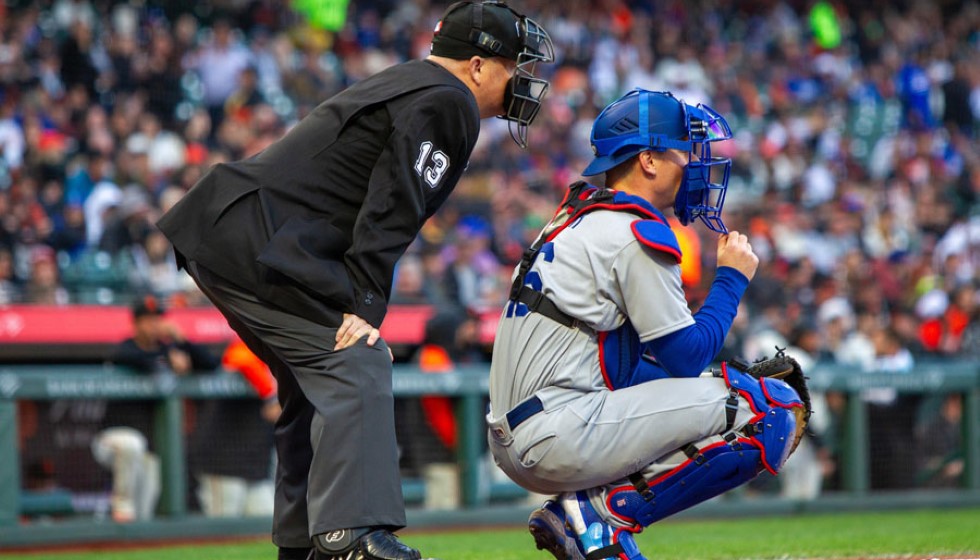
As the calendar turns towards late November, Major League Baseball teams are gearing up for one of the offseason's pivotal moments. This Friday, November 22, marks the deadline for decisions regarding arbitration-eligible players—decisions that could reshape rosters and redefine strategies heading into the new season.
Understanding Arbitration
For fans not steeped in the intricacies of baseball's financial agreements, arbitration can seem a mystifying process. Typically, players become eligible for arbitration after reaching three years of Major League service time. However, there's an intriguing wrinkle in the collective bargaining agreement, known as the "Super Two" classification. These players, due to exceptional performance and standing within the top 22 percent of their peers, attain arbitration eligibility after just two years.
Arbitration offers a crucial opportunity: the chance for players to negotiate salaries that reflect their true market value rather than the league minimum they previously earned. This process often incites strategic maneuvers from both players and teams, balancing potential salaries against perceived value.
The High Stakes of Non-Tender Decisions
Non-tendering, a team's decision not to offer a contract to an arbitration-eligible player, effectively renders that player a free agent, free to explore opportunities with other teams. This decision hinges on a team's assessment of whether a player's anticipated salary aligns with their performance and contribution to the team.
Last season, non-tender decisions thrust players like Tim Hill, Spencer Turnbull, Cooper Criswell, and Nick Senzel into the open market, prompting a reevaluation of their careers by both the players and prospective teams. Such decisions can alter the trajectory of a player's career, offering them a chance to reinvent themselves or find a team that better meets their needs or values their skill set.
Players Facing Arbitration Decisions
This year, several notable players stand at the arbitration crossroads with projected salaries that provide a glimpse into their worth and the tricky calculus at play.
Houston Astros outfielder Chas McCormick is anticipated to receive a contract, with a projected salary of $3.3 million. Meanwhile, Toronto Blue Jays pitcher Alek Manoah is projected to earn $2.4 million, which signals confidence in his contribution to the pitching rotation.
Pittsburgh Pirates closer David Bednar, known for his firepower on the mound, is likely to be tendered at a projected $6.6 million. Over in Cleveland, Triston McKenzie is set for a $2.4 million salary if tendered, mirroring Manoah's projection.
Austin Hays of the Baltimore Orioles and Andrew Vaughn of the Chicago White Sox both are anticipated to earn $6.4 million, as their consistent performances have underlined their value. St. Louis Cardinals' Dylan Carlson’s $2.7 million projection reflects his role in the outfield.
Oakland Athletics pitcher Paul Blackburn could negotiate a deal around $4.4 million, while Cleveland's Cal Quantrill might command a salary as high as $9 million, underscoring his significance to the team's competitive prospects. Finally, Detroit Tigers outfielder Akil Baddoo rounds out the list with a $1.6 million projection, poised to prove his potential in the coming seasons.
The Implications
For many players and teams, these arbitration decisions are more than mere financial transactions. They are a statement of belief, a commitment to potential, and a carefully weighed risk. Each decision could reverberate through the remainder of the offseason, affecting trades, free agency pursuits, and team dynamics.
As fans await these verdicts, they offer a glimpse into how teams are balancing immediate competitiveness with the long-term sustainability of their rosters. For players and their agents, it is a moment to recalibrate, reassess, and perhaps reposition themselves within the competitive landscape of Major League Baseball.
With so much at stake, the upcoming arbitration deadline provides an annual juncture of suspense and anticipation, keeping teams, players, and fans alike on their toes. As the offseason progresses, the landscapes of many franchises could look significantly different, based on the decisions made at this crucial milestone.